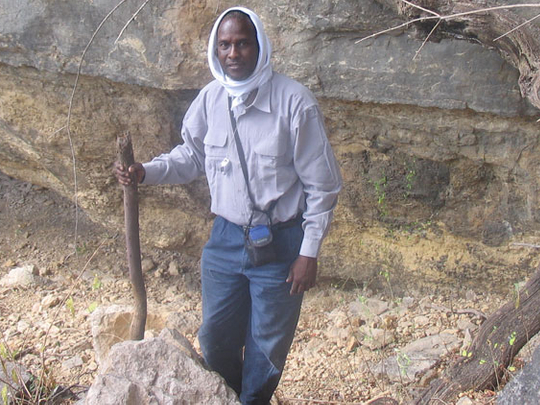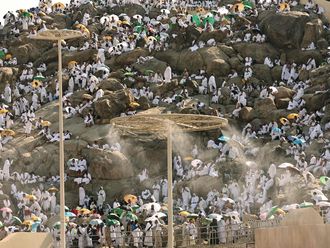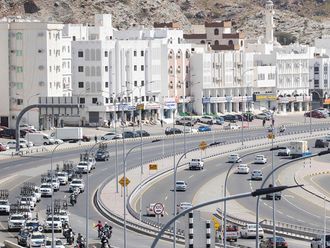
Muscat: Researchers at the Sultan Qaboos University (SQU) are exploring possibility of petroleum potential in Oman’s southern region, hitherto largely unexplored.
The southern part of Dhofar is underlain by different types of rocks that span in age from the Proterozoic era (more than 545 million years) to the contemporary age, according to a press release from the SQU.
The rock succession in the region includes metamorphic and igneous rocks (forming the oldest basement rocks) and overlying younger sedimentary sequence.
The rock succession is well exposed along the sea-facing cliffs of Dhofar Mountains (Jabal Qamar to the west, Jabal Qara behind the City of Salalah and Jabal Samhan north of Marbat).
“The economic value of these rocks is enormous and only a small portion is currently under exploitation (mainly for construction and gypsum industries),” says Dr. Osman Salad Hersi, the Principal Investigator of the Strategic Research project launched by SQU in the southern region of the country.
“Disclosing the natural resources (such as, minerals, petroleum, coal and aquifers), as well as “reading” and interpreting the geologic inscriptions depicted in these rocks require intensive studies that apply most recent technological and analytical examinations and interpretations,” he added.
Besides Dr. Osman Salad Hersi, the others in the research team are Dr. Abdulrahman Al Harthy, Dr. Iftikhar Ahmed Abbasi, Dr. Abdulrazak Al Sayigh and Dr. Ali Al Lazki.
Dr. Osman said that the main focus of this research project was the Cretaceous succession in Dhofar and its petroleum potential.
“Besides the academic drive of the researchers, the rationale behind this project is the fact that the region preserves sedimentary rocks that are coeval (similar age) and formed under geologic conditions similar to those producing oil and/or gas in the nearby regions (e.g., Yemen and other parts of Oman),” he said.
Besides a few old geologic reports and maps of regional scale no serious geologic work has been done in the Cretaceous strata of the region.
Despite difficulty in accessing the area, the SQU geologists feel that potential benefits would outweigh the effort put forth.












